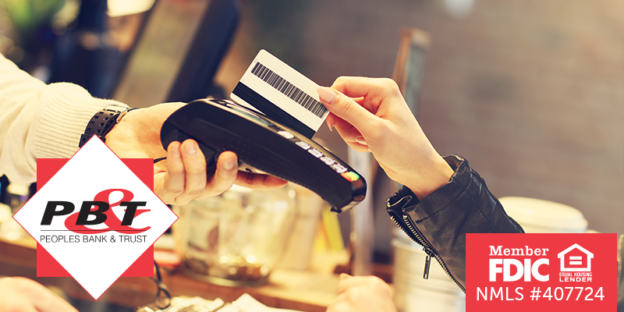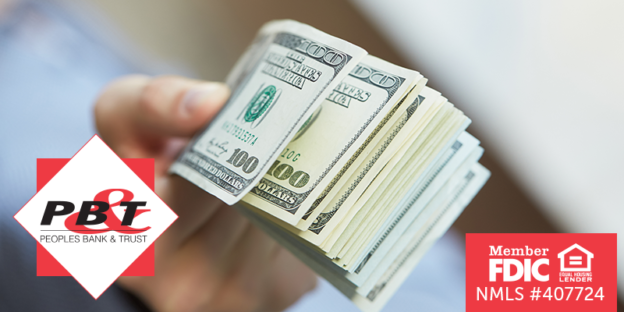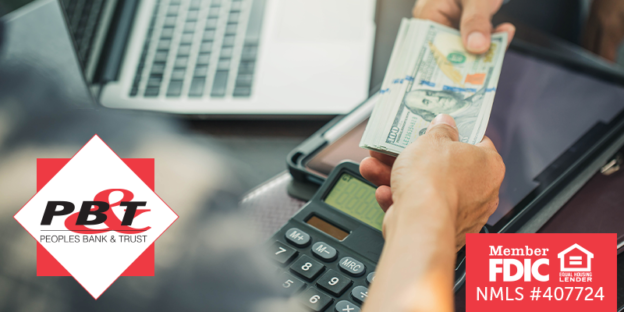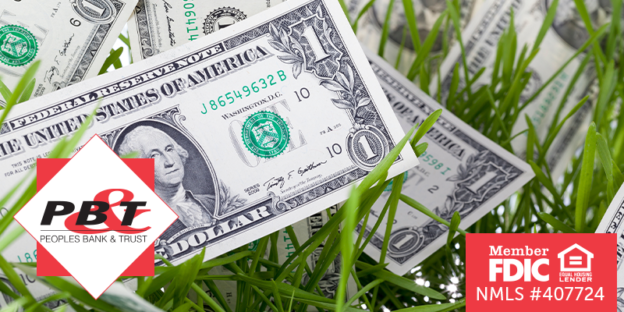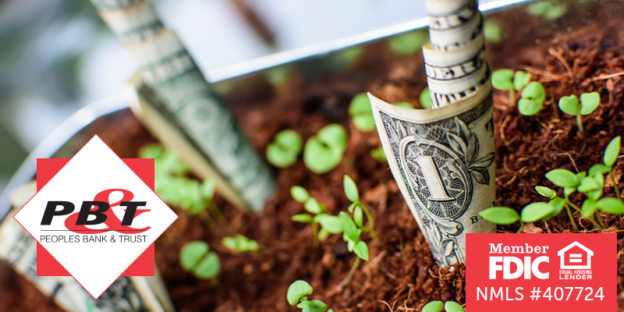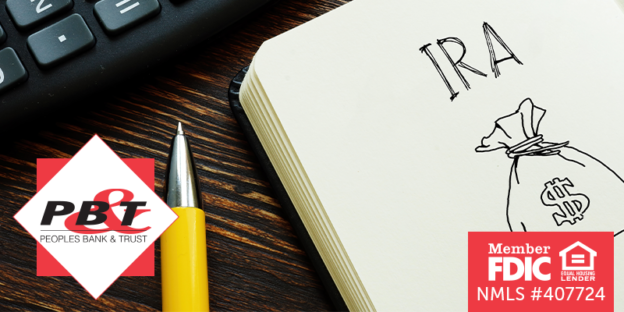Summer can bring fun and spendy opportunities. Whether you need additional savings or a good challenge to get your budget back in check, it may be time to push yourself with a zero-based budget. What is a zero-based budget? If you need a good budgeting hack, check out this blog for all you need to know about a zero-based budget and how to get it going for you.
What is Zero-Based Budgeting?
The name is very fitting for a zero-based budget as it is as simple as your income minus your expenses equal zero. Easy as that! The takeaway of a zero-based budget is to teach you that every dollar has its purpose and is accounted for. A zero-based budget is a great challenge for someone who mindlessly spends on wants here and there. This is a great way to notice the amount you spend on coffees or extra meals out.
Why You Should Try a Zero-Based Budget
There are many wonderful benefits to a zero-based budget. Compared to other budgeting methods, a zero-based budget is one of the most customizable. Some people do not have a set income, preference to put towards their savings, or idea of month-to-month expenses. A zero-based budget allows you to have a preference to customize each month how you would like, but still allows you a simple structure to follow. Every dollar is working for you, and it forces you to see it like that instead of looking at it as here and there expenses on unnecessary items.
How to Create Your Zero-Based Budget
Check out the step-by-step guide below to create your zero-based budget.
1. List out your monthly income – any money you bring in during the month would be added to the income list to get your total.
2. List out your expenses – any expense you incur during the month will be added to your list of expenses. Expenses will include set expenses, what you are setting aside for your savings, essentials, any extras you spend money on during that month, and any month-specific holidays or activities. It is also a safe idea to create a miscellaneous category as you get started for unexpected problems.
3. Subtract your total expenses from your total income to reach zero – you may not get it totally correct the first time. If you have leftover money, put it to work! Whether you put more into your savings or more towards any debt, that is absolutely great.
There are wonderful benefits to incorporating a budgeting method to follow. A zero-based budget forces you to put every dollar to work. This is great for someone who has variable expenses and irregular income. This could be a great budget method for someone who is in school, a freelancer, someone with many jobs or an extra side hustle. Give a zero-based budget a shot this summer to get your budget in check!
Peoples Bank & Trust Co.
Member FDIC
Equal Housing Lender



